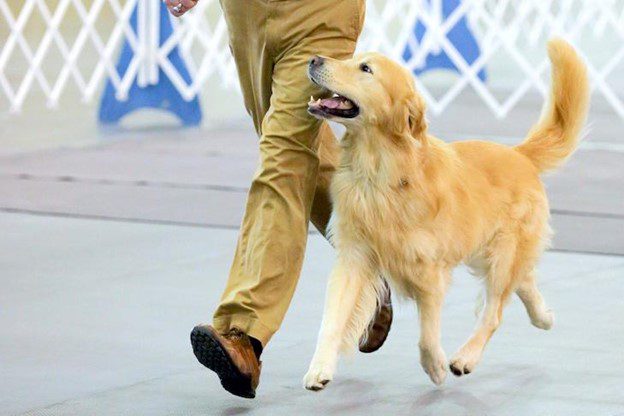What a Structured Walk Really Means
Most dog owners think of walks as simple exercise or potty breaks. But at Precision Dog Trainer, we use the walk as one of the most effective training tools we have. A structured walk means your dog walks calmly beside you—no pulling, no crisscrossing, and no random sniffing unless given permission. It builds focus, leadership, and trust between dog and handler.
The Psychology Behind “Heel”
Heel isn’t just about walking nicely—it’s about thinking clearly. When a dog is in heel, they’re not distracted or overwhelmed. Instead, they’re mentally engaged with you. That active engagement helps reduce anxiety, reactivity, and overstimulation. The result? A dog that’s calm, responsive, and looking to you for direction, not making their own impulsive choices.
Why the Walk Reflects the Relationship
One of the biggest behavioral red flags we see starts on the leash. If a dog pulls, ignores the handler, or reacts to every distraction, they’re likely making decisions based on habit, not guidance. Structured walks help flip that dynamic—teaching dogs to follow, not lead. When you take control on the walk, that leadership transfers into the home as well.
Fixing Common Walk Mistakes
Many owners unintentionally reinforce bad habits on the walk. Letting the dog lead, using a retractable leash, or constantly stopping for random sniffing sends mixed signals. At Precision Dog Trainer, we teach leash handling techniques, timing, and verbal cues that make the walk productive and respectful. It’s not about being rigid—it’s about being clear.
Adding Purpose to a Daily Routine
The beauty of structured walks is they turn something you already do daily into a training opportunity. You don’t need extra time—just extra intention. Even short walks become a chance to reinforce focus, impulse control, and calm decision-making. And for high-energy dogs, a mentally focused walk is often more effective than a long, unstructured one.
Structured Walks Create Structured Dogs
We’ve seen it time and again: dogs that learn to heel become more manageable, more trusting, and more respectful at home. They stop reacting, start listening, and begin to thrive with a clear routine. A calm dog starts with a calm walk—and it all begins with teaching them to heel.






